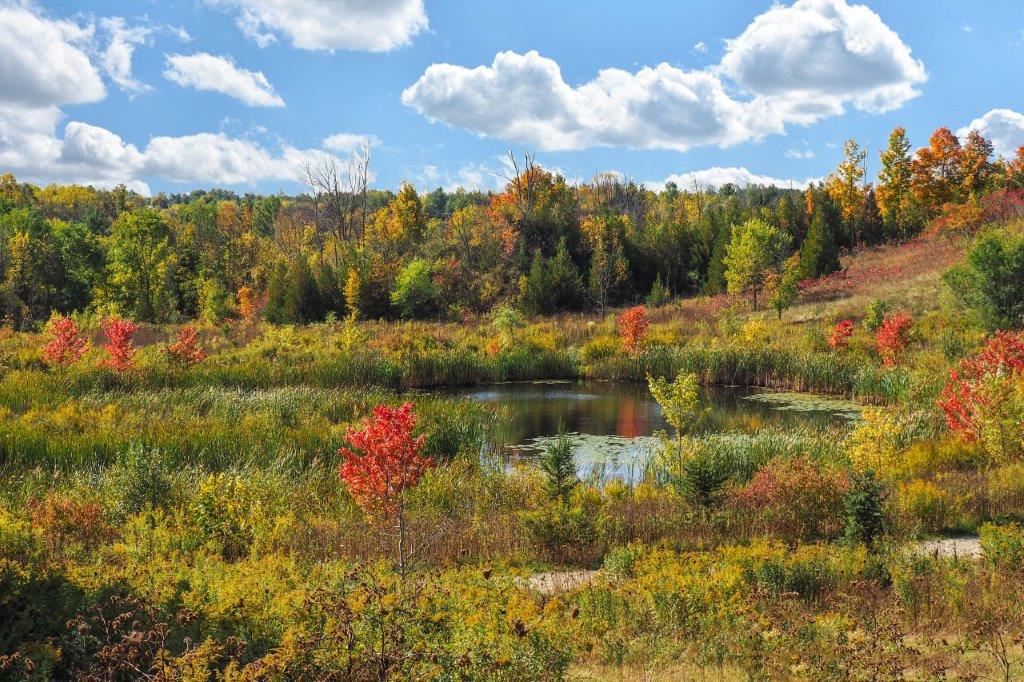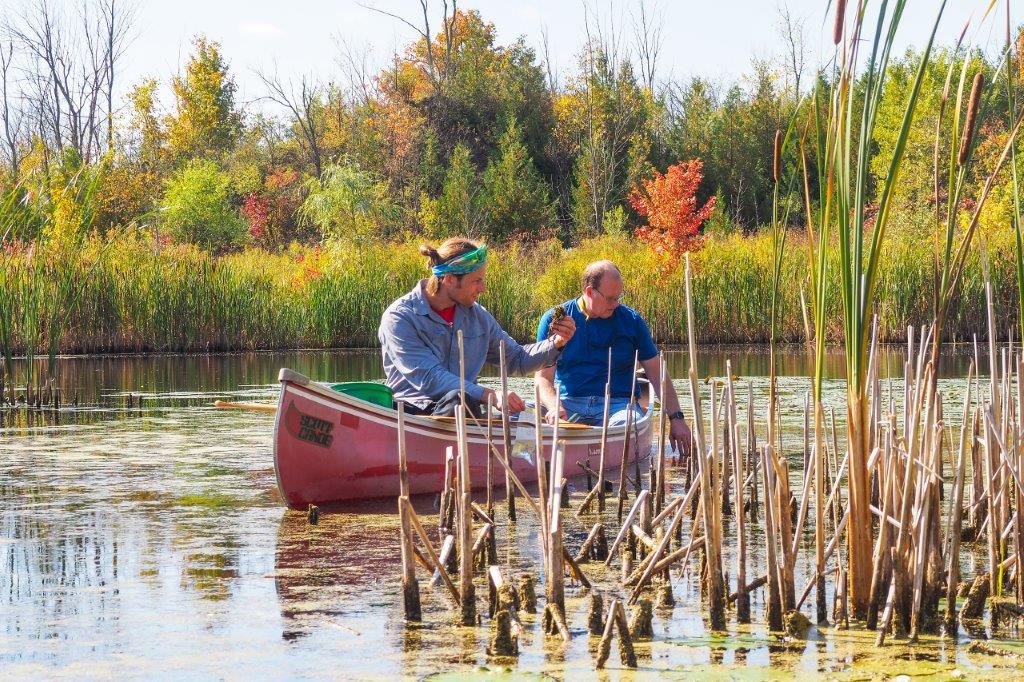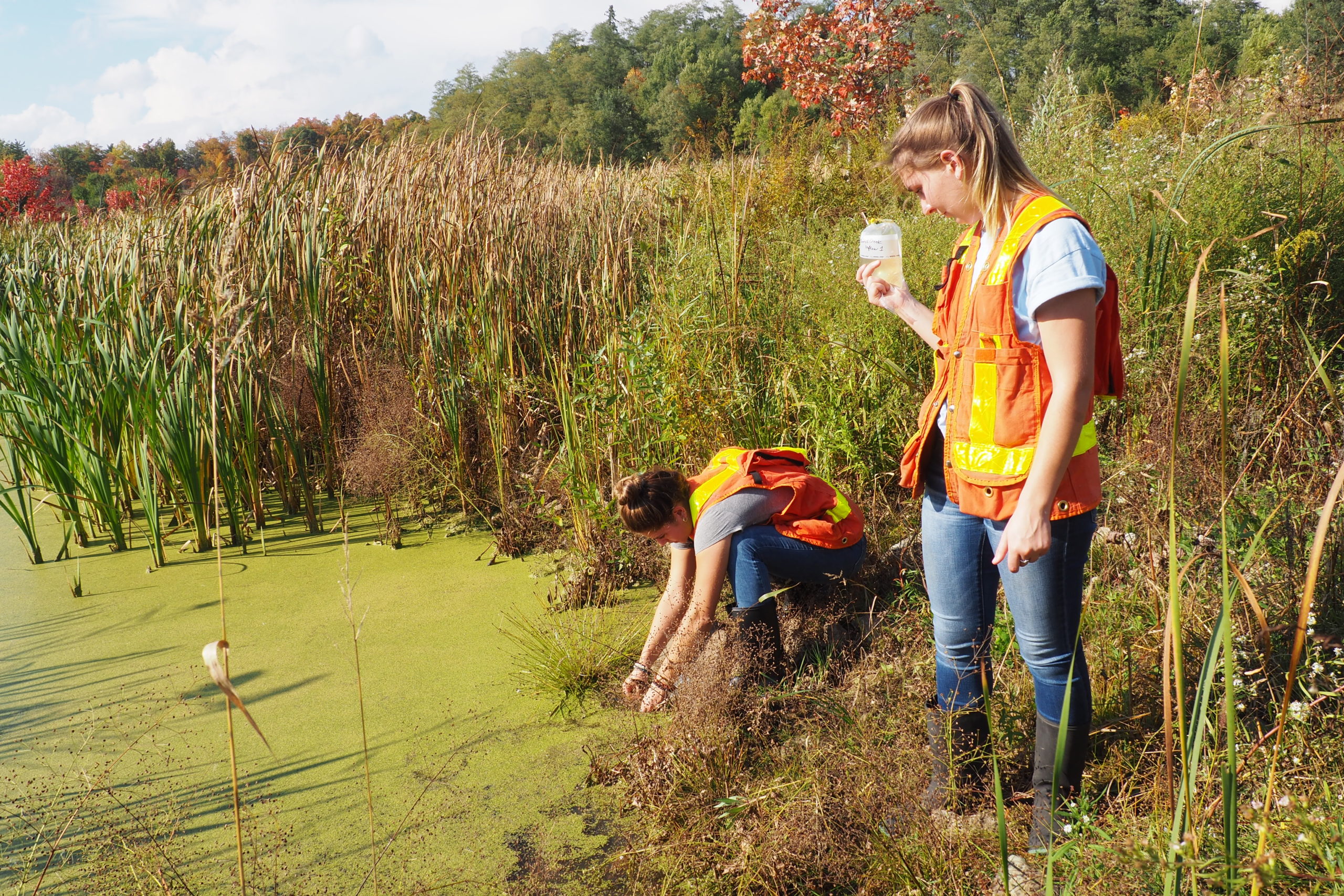November 10, 2020
By Nick Mocan as featured in Water Canada
Stormwater management in Ontario has come a long way since the flood control efforts of the early 1970s. At that time, communities were concerned with preventing loss of life and property because of the type of devastation left behind by Hurricane Hazel. It flooded the Greater Toronto Area (GTA) in 1954, claimed 81 lives, and caused unprecedented damage to properties and infrastructure. In 1991, the Government of Ontario released additional guidelines regarding water quality treatment of stormwater. These guidelines further evolved in 1994 and 2003 to promote a treatment-train approach, incorporating small-scale, low impact development (LID) techniques for stormwater management (SWM). However, despite the efforts of some local agencies who have adopted their own updated SWM guidelines, there have been no official updates to the Provincial guidelines for nearly 20 years. With changing weather and climate conditions, development pressures, and new and innovative approaches, what will these updated guidelines need to consider for the future of stormwater management?
Greening stormwater infrastructure
Traditionally, stormwater was managed using grey infrastructure approaches like stormwater management ponds, dry detention basins, and oil-grit separators. However, innovative approaches to SWM known as low-impact development—or LID—have been gaining a foothold. LID practices, which include rain gardens and bioretention systems, manage stormwater by mimicking the natural processes under pre-development conditions that infiltrate and treat runoff.

In Ontario, initiatives like the Sustainable Technologies Evaluation Program (STEP) are leading the charge to incorporate LID practices across the land development industry. This partnership between several Ontario conservation authorities works with partners to assess and research new SWM techniques. In the future, engineers should expect to use tools like STEP’s Low Impact Development Life Cycle Costing Tool more often to evaluate the feasibility of incorporating green infrastructure into their designs. In the next 20 years, it may not be a question of whether a development has green infrastructure at all, and instead what types of green infrastructure it incorporates. However, traditional stormwater management solutions will certainly not disappear. Grey SWM infrastructure will still serve an important role in capturing and detaining large volumes of runoff, particularly in the dense urban landscapes that characterize many parts of the GTA. The next generation of guidelines will likely expand further on how to integrate conventional and LID approaches for stormwater management to provide social, environmental, and economic benefits to communities.
A holistic approach
It’s no secret that the best solutions for any problem result from a multidisciplinary approach. Stormwater management problems are no different. Engineers have traditionally applied basic hydrologic and hydraulic principles to solve SWM challenges. However, the key to optimizing these systems lies in a strong understanding of hydrologic and hydraulic interactions and relationships with local ecology, geomorphology, and hydrogeology. We can expect future innovations in SWM to be advanced by drawing on the expertise of multidisciplinary teams of practitioners and researchers.
What will these updated guidelines need to consider for the future of stormwater management?
For example, engineers might leverage the expertise from disciplines such as geochemistry and hydrogeology to identify techniques to optimize SWM pond designs. They may also pursue further collaboration with landscape architects and ecologists to design and enhance the natural features of grey and green stormwater infrastructure. Unveiling a typical future SWM pond design may reveal targeted vegetation plantings that better manage erosion, reduce suspended solids, and selectively uptake problematic pollutants like chlorides. The future of SWM pond designs rely on these field studies now to identify opportunities for future infrastructure. For green infrastructure like bioretention systems, experts in biology and geochemistry might be involved from day one working on how to bind, trap, or uptake nutrients using optimized soil and vegetation characteristics. An increase in green infrastructure will also drive the need for engineering firms to attract and train team members that are scientifically literate and capable of designing, operating, and maintaining these solutions.

This may include hiring staff that come from non-traditional engineering backgrounds, or in some cases, have no engineering background whatsoever. Developing the skillset needed as a civil engineer in the future may involve taking additional courses or gaining certifications that round out traditional engineering expertise with proficiencies in ecology, soil chemistry, or geomorphology.
Fast-tracking innovation
Implementing any type of stormwater management infrastructure comes at a cost. That’s why fast-tracking research towards innovative approaches will be critical to lower the traditionally high up-front cost of LID techniques. Currently in Ontario, financial incentives for developers to incorporate green SWM infrastructure are few and far between. Across the province, colleges and universities have been developing and refining innovations in SWM technologies. Engineering firms are in a unique position to bring these innovations into practice as key players in both design and communication with developers about their needs. For instance, firms can incorporate research and monitoring for LID practices at their project sites to learn about how these systems perform under varying development conditions. For engineering firms without dedicated research facilities and staff, partnering with schools and other organizations can help offset the costs of engaging in research. These partnerships can also cultivate important research skills for in-house staff through opportunities for experiential learning and involvement in field and lab activities. Executing successful research programs will require more than just engineers—they will need experienced technical staff who are comfortable in the field, lab, and on stage presenting at conferences.

We can also expect climate change to be a major driver of innovation in SWM. Future-proofing SWM designs and retrofits for future climate conditions will be critical. While it is uncertain about how these changes will affect rainfall timing and intensity, engaging in research and development now can identify ways to cope with projected scenarios. For example, enhanced water quality treatment through targeted vegetation plantings may be required to handle increased volumes of runoff into SWM ponds during the winter. Changing rainfall patterns may also affect the storm events that grey and green infrastructure are designed to control. This, in turn, will drive the need for innovative ways to develop resiliency in new and retrofitted systems.
The stormwater management solutions of the future will be holistic systems that integrate both grey and green infrastructure to protect communities and the natural environment. These systems will be designed by engineers who go beyond traditional design techniques to create solutions that consider their sustainability, cost, and longterm resiliency in a changing world. Through research and development, as well as collaborating with and learning from other fields, engineers will be able to leverage what they’ve learned over the past 20 years to shape the direction of stormwater management for the next 20.
 Print
Print
|
Back to News








